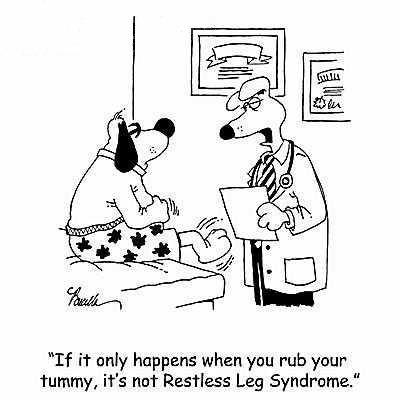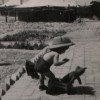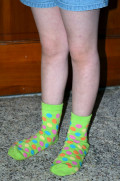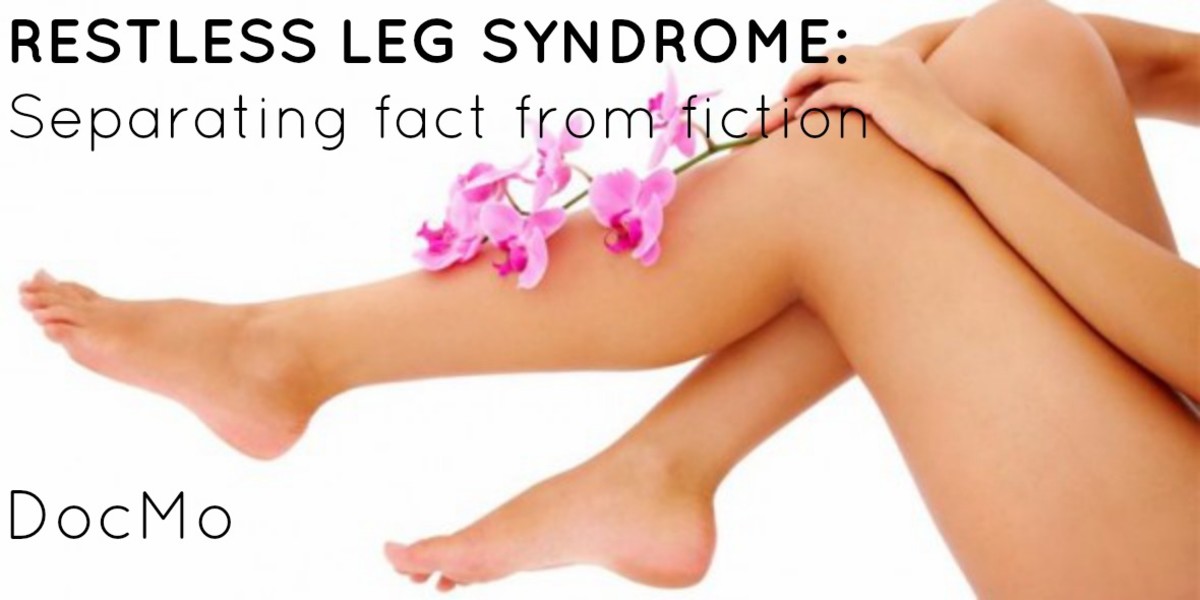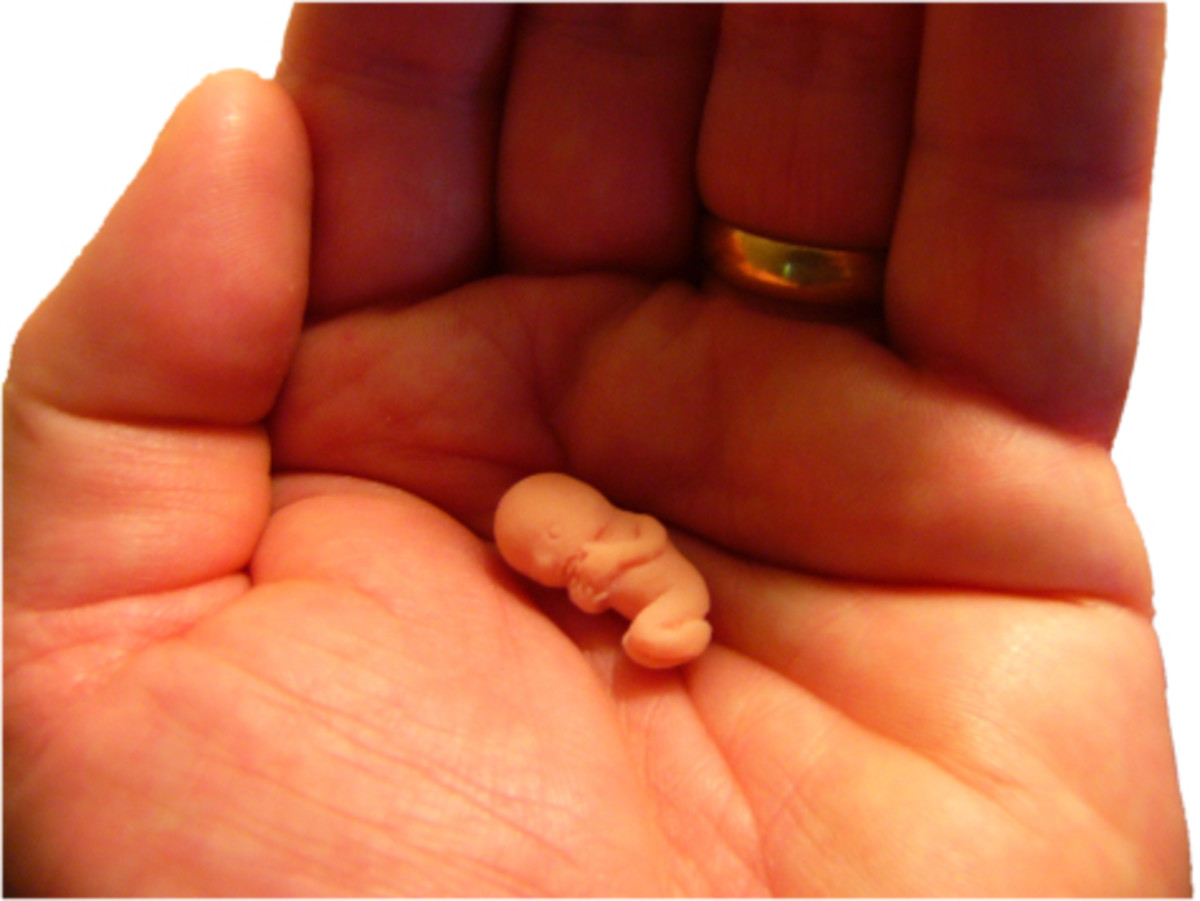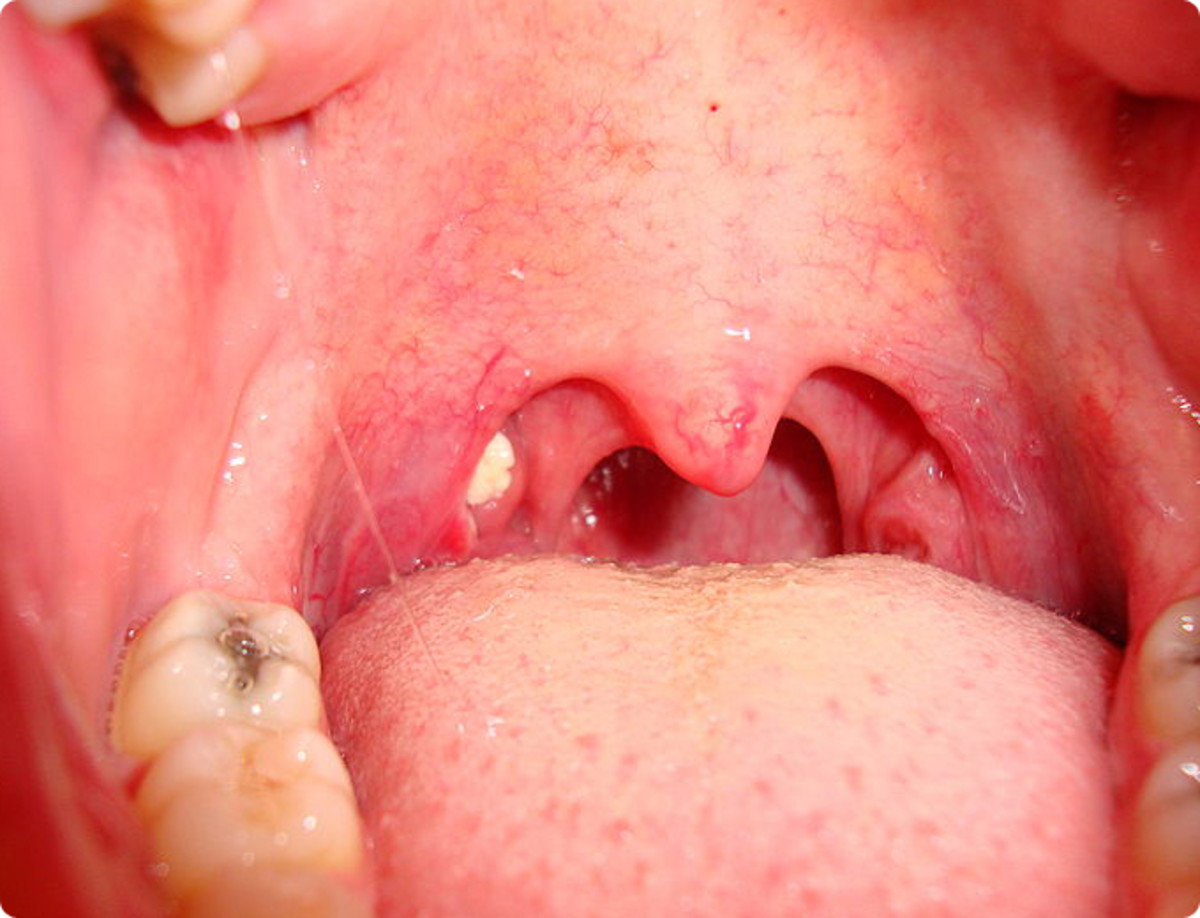Restless Legs Syndrome (RLS)
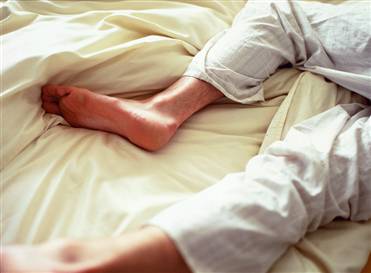
An introduction: Do you find that after you have settled down in bed at night, and have dropped off to sleep, that after a short time or maybe several hours later, you have been woken by a tingling in your legs? Is that feeling not perhaps an ache, but an unexplained discomfort?Is there a feeling of surging and irritation in your legs that almost feels as if you have been invaded by a nest of ants that have set up home inside your muscles and aim to stay there? Do you find it impossible to keep your legs still, and whatever you do, you feel you have to stretch them and move them? Is there a feeling as if there is an electric current coursing through your calves as if you have become some sort of electric appliance that is about to fuse itself?
Some people describe the feelings as itching, tingling, crawling, gnawing or simply painful and can range from being quite mild to severe. Or “tingling, jitteriness, a creepy crawly feeling, itching, or pulling.
Usually it appears in the calf area, but can be almost anywhere in the lower body.
Not only are the signs and symptoms of Restless Legs Syndrome (RLS) different from person to person, they can be tricky to explain. Some describe the leg sensations as “creeping,” “prickling,” “burning,” “tingling,” or “tugging”. Others say it feels as if bugs are crawling up their legs, a fizzy soda is bubbling through their veins, or they have a “deep bone itch.”
You toss and turn for awhile, but eventually the urge to move is overwhelming. You get out of bed to stretch and pace the floor and, for a moment, you find relief. But when you lie down again, the restless sensations in your legs start all over.
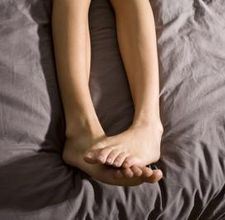
Are these symptoms familiar?
If some of these symptoms apply to you, you probably have Restless Legs Syndrome.
It sounds vaguely amusing, doesn’t it? Restless legs?Like “itchy feet”, the old expression meaning that you have a desire to travel. A friend used to refer to it as wandering legs (Ha ha ha! – No I don’t think so). It is a condition that very many people may suffer from, but thankfully, in many cases, is so slight that they hardly notice it. Then again there are some who suffer so severely that it has been said that suicide has been considered by those who suffer from the affliction.
Suicide?
Suicide? “Rubbish,” you say, “Why would anybody consider doing something so extreme over a bit of tickling in the legs?”
But the whole point of this is that it is almost impossible to sleep, unless their condition is of the mildest form.
If you don’t have RLS, or know anyone who does, perhaps you cannot even begin to understand what it is like to go to bed, tired after a hard day’s work, or even “put your feet up for few Zzzzzzs” and find that within a short time you are wide awake, with this obnoxious throbbing or fizzing in your legs and feet. Some poor souls even have it in the arms and back as well as the legs!
Remember, there are countries in this world that still practice torture, and although the rack, the gibbet, the thumbscrew and a host of other distasteful and bestial machines of torture may not now be in constant use, there is a very effective method of torture available to man almost at the touch of a switch, and that torture is simple sleep deprivation. RLS leads to sleep deprivation. End of!
But where does it come from?
As yet, no one seems to know conclusively.
Several young ladies obviously experiencing RLS, but showing a cheerful demeanour through their suffering

I am not a doctor, neither do I have any medical knowledge, so I can only speak on a personal level and provide, where necessary, anecdotal evidence referring to myself, and to my experiences of RLS.
I have quoted here, another friend who has suffered from RLS in the past. We exchanged comments about it by e-mail, and you will understand that although I am one of the many in the world who suffers from it, I only know one other who will admit to being a fellow sufferer.
She is Svetlana Ivanova, a good friend, and a great writer - kallini2010 - read her and you will be thrilled by her style and talents. I stand in awe of her.
I asked her if I could quote her and she agreed, saying:
“You don't have to ask my permission for quoting - use my words any time you want - once released I don't own them.
“I don't really remember where we discussed it, but I have a suspicion it was in our e-mail exchange. You are right - it was a three hour long flight from Calgary to Toronto and I had the folly of choosing a window seat (never again!) - and I thought I was going insane - probably the person in front of me had the same sentiments.
“I don't suffer from RLS now, but it can come back any time. I think it all has to do with the nervous system, like a tendency to grind teeth when stressed. I did that, too. Overall, being obsessive-compulsive is no fun.”
Robert Louis Stevenson
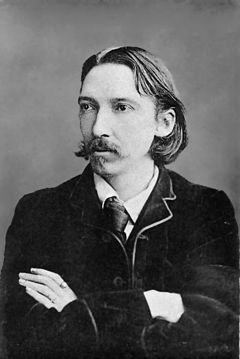
Oops! Before I go any further, I want to clear up any misunderstandings that may have arisen by my use of those three magical letters: RLS.
RLS also refers to some Victorian Scots bloke who wrote books and stuff. If you, like I, read ‘Treasure Island’ when you were a little lad - or even if you were a little girl, you might remember that on the cover, under the title: ‘Treasure Island’ there was the name: Robert Louis Stevenson .
He was the bloke that wrote the book, and as far as I know, he didn’t suffer from Restless Legs Syndrome, although he had some right dodgy characters in his story, who may have, but I have no way of verifying that.

There was a nasty Sea Captain called Long John Silver who only had one leg, so he could only have had Restless LEG Syndrome, if he had it at all; another nasty piece of work called Black Dog, who wasn’t a dog, but was a bloke; Ben Gunn who was barking mad (but he wasn't a dog either, but he sounded like one); and a parrot called Captain Flint who was named after another Sea Captain who had died earlier in the Story. I don’t know if parrots are prone to RLS, so perhaps I’ll have a look into it.
If you’ve read the book, you’ll know that nearly everybody gets murdered or whatever in the story, so maybe Robert Louis Stevenson did have RLS (Restless Legs Syndrome) because he had been kept awake all night and he was in a nasty mood because he couldn’t sleep. And that’s not all. He also wrote ’‘Strange Case of Dr Jekyll and Mr Hyde’, ‘‘Kidnapped’ and ‘Catriona’ and a lot of other stuff about people being nasty to other people.
It could explain a lot.

Back to RLS (the legs thingy).
It is a central nervous system disorder that is characterized by uncomfortable sensations in the legs, often resulting in an uncontrollable urge to move the legs.
It’s sometimes known as: Willis-Ekbom disease
I don’t understand these things, but apparently it could be that sufferers have a deficiency in dopamine - a chemical that carries signals between the nerve cells in the body responsible for controlling movement.
Dopamine. It's the basis for our desires, our drives and our needs. The chemical which keeps us going. Drives us to procreate; the basis of our whole ethos: shopping, obsessions, computer games, orgasm, alcohol, nicotine and gambling addiction. The rewards and aspirations of our whole being. This mechanism within the reward centre of the primitive brain, in all mammals
Dopamine is behind a lot of the desire we associate with eating and sexual intercourse. Similarly, many addictive drugs trigger dopamine (the "craving neurochemical") to stimulate the pleasure reward centre.
Here’s an interesting fact:
The first known medical description of RLS was by Sir Thomas Willis in 1672.
Willis (1621–1675) is considered to be the founder of clinical neuroscience and is most famous for his description of the "circle of Willis", the arterial circle at the base of the brain. His contributions to the understanding of the human brain and medical science were extensive and revolutionary at the time. Known to be a keen observer of his patients' symptoms, Willis emphasized the sleep disruption and limb movements experienced by sufferers of RLS. Initially published in Latin (De Anima Brutorum, 1672) but later, perhaps because there weren’t any Romans hanging around in England any more, he decided to translate it into English (The London Practice of Physick, 1685).
Willis wrote:
"Wherefore to some, when being abed they betake themselves to sleep, presently in the arms and legs, leapings and contractions on the tendons, and so great a restlessness and tossings of other members ensue, that the diseased are no more able to sleep, than if they were in a place of the greatest torture.
Source: Wikipedia
Gosh!
That was the bit written in English. It was hard enough to understand in English, and to all intents and purposes, I'm an English speaking person. All I can say is that it's a good thing he changed his mind and didn't leave it in Latin. The English was Dutch to me.
But I digress.
Anyway… enough of History.
The most likely time to experience RLS is during periods of inactivity, for example, when lying in bed, sitting watching television, sitting at a desk working, or riding in a car.
At night, even when the subject manages to get some sleep, there occurs involuntary bending and jerking of the legs – sometimes briefly, and at other times for more prolonged periods, usually causing the person to wake up. This is no fun for the sufferer, and certainly very annoying for his or her bed partner.
It is estimated that between 7% and 10% of Americans and Europeans will have the condition, and that the incidence can increase in later life.
There have been suggestions that there is some connection between Restless Legs Syndrome and attention-deficit hyperactivity disorder (ADHD).And what were known as “growing pains” in children, were perhaps due to RLS.Or what is now referred at as “hyperactivity”.
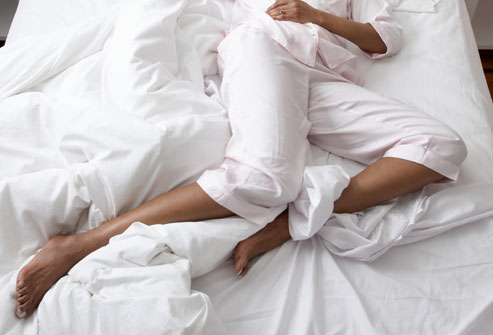
Charley horse:
Many people confuse restless legs Syndrome with a "charley horse"; a popular North American colloquial term for painful spasms or cramps.
Believe me, this is not a charley horse, but one would be welcome. To be experiencing RLS and suddenly find that my legs have started to cramp, can be a relief, because the cramp is usually diminished or removed by a cramp. Charley Horse negates the RLS and sometimes I am able to get some sleep afterwards.
Some, even in the Medical fraternity, believe that RLS was created by the big drug companies, and that the “chicken came after the egg”.
“As with many diseases with diffuse symptoms, there is controversy among physicians as to whether RLS is a distinct syndrome. The U.S.National Institute of Neurological Disorders and Stroke published an information sheet characterizing the syndrome but acknowledging it as a difficult diagnosis. Physicians consider it a real entity that has specific diagnostic criteria.
Many doctors express the view that the incidence of Restless Legs Syndrome is exaggerated by manufacturers of drugs used to treat it. Others believe it is an under-recognized and under-treated disorder. Some of the controversy results from the fact that certain pharmaceutical companies used medical representatives (i.e., salespeople) to perform investigations into the treatment of RLS even though those companies had no licensed treatments for the condition. Further, Glaxo Smith Kline ran advertisements that, while not promoting off-license use of their drug (ropinirole) for treatment of RLS, did link to the Ekbom Support Group website.
Just a few of the many, many things that can trigger RLS. (In me, of course. I can only tell of how it affects me.)
After a drive especially as a passenger
After exercise Ha! What’s that?
Alcoholism.I don’t drink (Please ignore the statement under Vin Rouge lower down, about the efficacy of wines… or not)
Anaemia - a deficiency of red blood cells would perhaps make a subject more susceptible to RLS, but iron tablets make one constipated, and constipation often brings on the condition
Animals in proximity (fur and soft fabrics) If one of those cat things rubs against my legs in that obsequious, creepy way that cats have.
And a few more... but I haven't finished
Cheap carpets. Without being a snob, I will not, and can not, visit anyone whose carpets and rugs are not pure wool. Or else the static electricity in the floor coverings make me feel as if I am carrying several hundred volts of electricity in my legs.
Coffee anyone? One of the first things one is told is to steer clear of caffeine. But if I have RLS, frequently an energy drink (Red Bull full of Taurine and Caffeine) gives me relief. And I love coffee and can't abide that decaffeinated stuff. Eeuch!
Cosy and cuddly underfoot;: Just to have a warm, soft carpet underfoot makes me feel as if I have an electric current passing through my legs. It is so serious that I have had all but three of my rooms tiled underfoot. Ten of the rooms in my house have been tiled. That includes the two bathrooms, the lavatory and the kitchen of course. Cool hard floors make it less likely for me to experience RLS.
Cotton Underwear: If I were to wear any man made fibres next to my skin, I think I would spontaneously combust, the RLS would be so severe. So nylon underwear would be an absolute NO!!! (Well of course it would. Good taste never dies!)
Hot, cold, warm, cool. Help. I’m drowning: Some people advocate a warm bath, or a cold bath, or a cool shower, or a hot shower. It is not much fun getting up in the middle of the night and having one (or all of these) and what are the dangers of the RLS sufferer shrinking with all the excess water being splashed around?
Peripheral Neuropathy: Neuropathy - a disease of the peripheral nerves that is marked by muscle weakness, pain, and numbness. Got it. Not much fun, either.


And this is about it... bar the wriggling!
Pregnancy - About one in four women will experience transitory RLS during pregnancy. It normally appears during the third trimester, peaks during the seventh and eight months of pregnancy and disappears after delivery. Not really applicable, as I don’t aim to become pregnant in the very near future.
Self medication: I have discovered that a couple of co-codamol or co-dydramol will help to push it away, if I am having a “really bad bout”. So in the cinema, I always make sure I have a blister pack of co-codamol and a can of energy drink (Caffeine and Taurine) and although it says, “Lay off the caffeine” it works wonders for me.
The medication that works best with me is Ropinerole.
Dopaminergic agents enhance the action of dopamine in the brain and are some of the most favoured drugs for treating Restless Legs Syndrome. Many of these drugs are already well known and approved for the treatment of Parkinson's disease - ropinirole (Requip).
Vin Rouge: Red wine has been suggested as a trigger for RLS. But it has also been suggested that a glass of decent red wine, once a day, perhaps at night, would be efficacious. It would have to be Chateaux Mouton Rothschild Pauillac 1986, or perhaps if a white would help, a Dom Perignon.
Rest triggers the symptoms: Leg pain is usually trigged by activity and relieved by rest, but with Restless Legs Syndrome, the reverse is true. Restless leg symptoms start, or become worse, when you’re sitting, relaxing, or trying to rest.

You must be joking
There are many varied and bizarre cures for many varied and bizarre complaints, but I like this one: Many say that it works, so why not give it a try.
Place a bar of soap (tablet of soap) under the bottom sheet of your bed and you should get a restful night. No restless legs, but I can assure you, not too comfortable if you roll onto it.
I tried it, and it worked for a couple of nights, and when I rang the friend who suggested it, she said that perhaps I should replace the soap every few days. That’s a hell of a lot of soap.
Perhaps it was just the placebo effect, but apart from working only briefly, that soap developed sharp corners in the middle of the night.
Another cure:
However, searching through Google for more information about “bizarre” cures, I was entertained to discover that sexual practices of one kind or another has been known to alleviate the condition. I think this comes into the category of “self help”.
Obviously, if a release of dopamine occurs, this would be a useful standby, in case one ran out of the usual prescription drugs; Ropinerole, Gabapentin etc..
Even if these methods do work, whether or not it's the dopamine or the fun of it all, that is helping, remains to be seen. But in the meantime, though no one would want someone with Restless Leg to go off their medication, it might be worth trying the sex and seeing what happens.
As an additional... er... therapy. I mean, what can it hurt?”
Sitting too long. Either watching television, or at the cinema.
This can bring on RLS, but I think it would be wiser to resort to a couple of co-codamol, washed down with a can of Red Bull energy drink (Caffeine and Taurine), rather than to do something, possibly less efficient, but which would be better done in the privacy of one's own home, than in a cinema.
The alternative could be a bit disconcerting for the other patrons.
